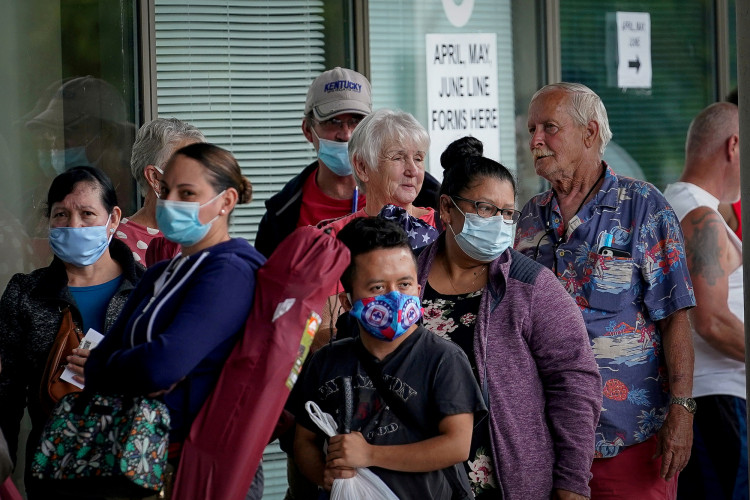The U.S. job market showed surprising strength in May, adding 272,000 jobs and outpacing economists' expectations, even as the unemployment rate rose to 4%, its highest level in over two years. This increase in job creation, reported by the Labor Department on Friday, surpassed the forecasted 185,000 jobs, highlighting a resilient labor market despite ongoing economic uncertainties.
Wage growth also continued to climb, with average hourly earnings increasing by 0.4% in May, more than anticipated. On an annual basis, wages rose by 4.1%. This robust wage growth is a key measure of inflation and indicates persistent inflationary pressures within the economy.
The unexpected rise in the unemployment rate, up from 3.9% in April, coupled with the strong job growth, presents a complex picture for Federal Reserve policymakers. The central bank has been closely monitoring labor market data to determine the timing of potential interest rate cuts. Despite a significant drop from the inflation peak of 9.1%, the pace of progress has slowed, leaving the Fed cautious about easing monetary policy too soon.
"One step forward, two steps back," remarked Seema Shah, chief global strategist at Principal Asset Management. "Today's data undermines the message that other recent economic data have been giving of a cooling U.S. economy and slams the door shut on a July rate cut. Not only has jobs growth exploded again, but wage growth has also surprised to the upside - both moving in the opposite direction to what the Fed needs to begin easing policy."
The healthcare sector led the way in job creation, adding 68,000 new positions in May. Other sectors with significant gains included the government (43,000 jobs), leisure and hospitality (42,000 jobs), and professional, scientific, and technical services (32,000 jobs). These sectors have been pivotal in sustaining job growth amidst a challenging economic environment.
The report also included modest revisions to earlier job gains. March's job additions were revised down by 5,000 to 310,000, while April's figures were adjusted slightly lower to 165,000. These adjustments reflect the ongoing fluctuations in the labor market as it adapts to various economic pressures.
The Federal Reserve faces a delicate balancing act as it navigates these economic indicators. Robert Sockin, Citi's senior global economist, highlighted the challenges the central bank encounters. "They're really walking a tightrope here," Sockin told Yahoo Finance. "The longer the Fed holds rates steady, the more cracks could develop in the economy."
The labor force participation rate, a critical measure of economic health, slipped to 62.5% from 62.7% in April. However, participation among prime-age workers (ages 25-54) rose to 83.6%, the highest level in 22 years, indicating strong engagement in the labor market within this demographic.
The stock market, which had been buoyed by softer-than-expected economic data, saw a shift in sentiment following the labor report. Investor confidence in a potential rate cut by September diminished, with the likelihood dropping to 53% from 69% the previous day, according to the CME FedWatch Tool.
Other recent data have also pointed to a resilient but normalizing labor market. The latest Job Openings and Labor Turnover Survey (JOLTS) reported that job openings fell in April to their lowest level since February 2021. Additionally, the ratio of job openings to unemployed people returned to 1.2 in May, aligning with pre-pandemic levels.






